The current downward pressure on the Chinese yuan in foreign exchange markets will be short-lived, as the country's on-track economic recovery and more economic stimulus packages in the pipeline will help support the currency's valuation, said experts on Tuesday.
While the offshore yuan — yuan traded outside the Chinese mainland market — fell to 7.2405 per US dollar on Monday, hitting the lowest level since November, it managed to bounce back to 7.225 during intraday trading on Tuesday. The onshore USD/CNY, which fell to 7.2361 on Monday, managed to jump above the 7.22 level during early hours trading on Tuesday.
Ever since the renminbi breached the 7-per-dollar psychological level on May 17, China's currency has depreciated nearly 2.9 percent against the greenback. The onshore and offshore USD/CNY levels have shed 4.1 percent and 4.63 percent so far this year, respectively.
Policy wise, the People's Bank of China — the country's central bank — announced on June 20 a 10-basis-point cut to the loan prime rate. By lowering this market-based benchmark lending rate for the first time in nine months, the one-year LPR came in at 3.55 percent and the five-year LPR at 4.2 percent.
As explained by CITIC Securities' Chief Economist Ming Ming, this cut will aggravate the inverted interest rates between China and the United States, which may result in capital outflow from the Chinese bond market. Combined with the deposit interest rate differences between the world's top two economies, market entities both at home and abroad may be more willing to hold the US dollar thanks to its higher benchmark interest rates over the short term.
The inverted deposit rates between China and the US, which stand at around 2 to 3 percent, have resulted in lower settlement willingness of Chinese exporters. This will also weigh on the valuation of the yuan, said Liu Jie, head of China macro strategy at Standard Chartered.
The RMB has weakened due to a stronger US dollar, whose valuation has been pushed up by interest rate hikes in the US, Satoshi Hirose, dean and professor at Globis University's Graduate School of Management, told China Daily on Tuesday at the Summer Davos Forum in Tianjin. The greenback may remain relatively strong as long as US inflation continues, he said.
But over the mid to long term, the lower interest rates in China may be a prelude to the beginning of more supportive policies to further facilitate the country's economic recovery. The RMB exchange rate will thus stabilize and return to an appreciation track, said Ming.
Wang Youxin, a senior analyst from Bank of China, said the RMB exchange rate is expected to stabilize in the third quarter amid moderate volatility. It may further climb to a reasonable level by the end of this year.
Higher economic vitality supported by more active fiscal and monetary policies will be the major reason for the stability of the yuan foreign exchange rate later this year, Wang said.
Experts from UBS Global Wealth Management's Chief Investment Office said that mild stimulus policies with special targets may be introduced before the meeting of the Political Bureau of the Communist Party of China Central Committee in July. After the tone-setting meeting, stronger policies may be introduced and implemented, they said.
According to data from the Society for Worldwide Interbank Financial Telecommunication on June 21, the RMB ranked fifth as the most frequently traded currency in May in terms of foreign exchange spot transactions worldwide. The fifth position was held by Canadian dollar one month earlier, when the RMB ranked sixth.













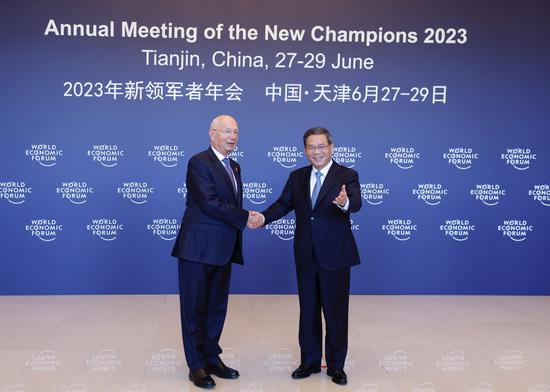
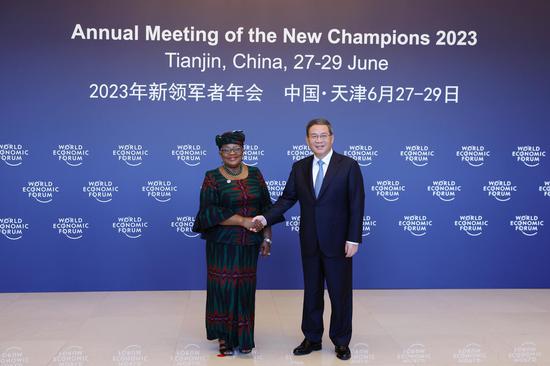
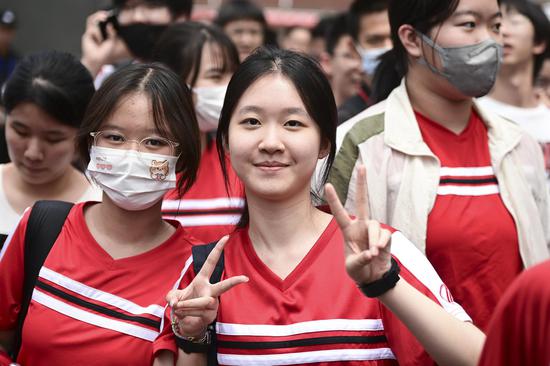












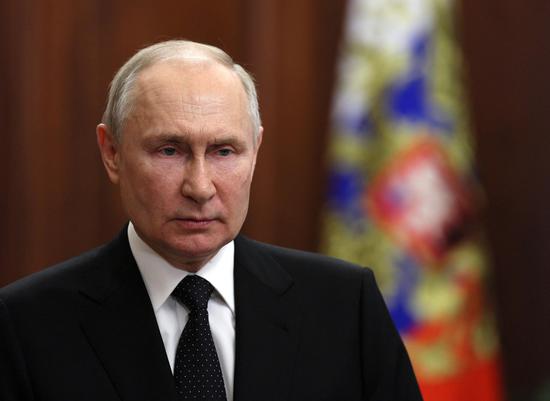









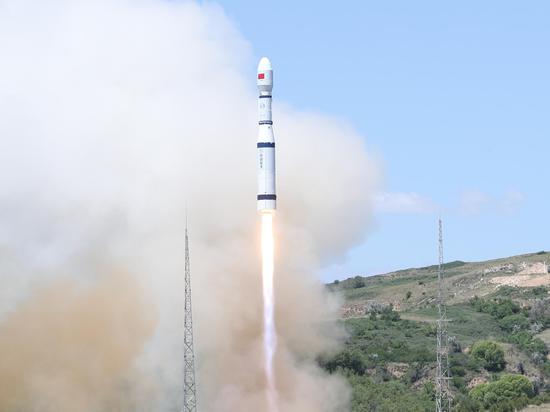
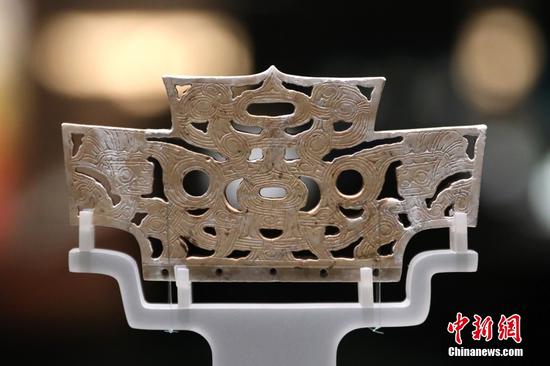










 京公网安备 11010202009201号
京公网安备 11010202009201号